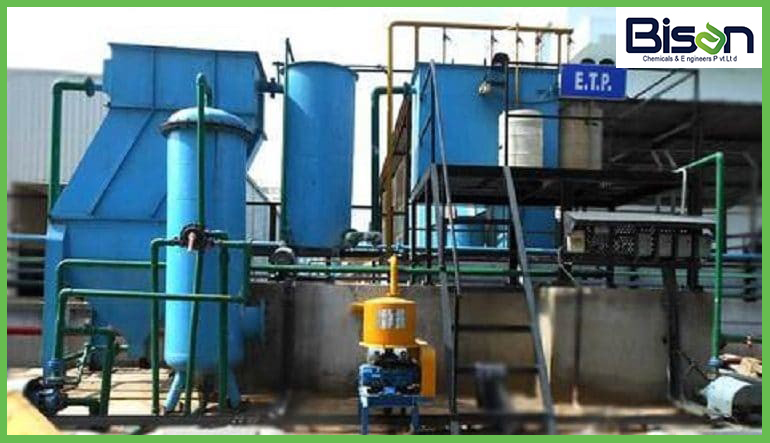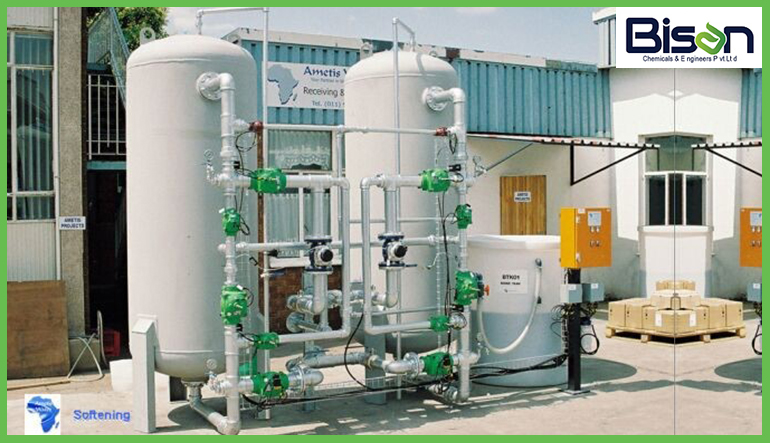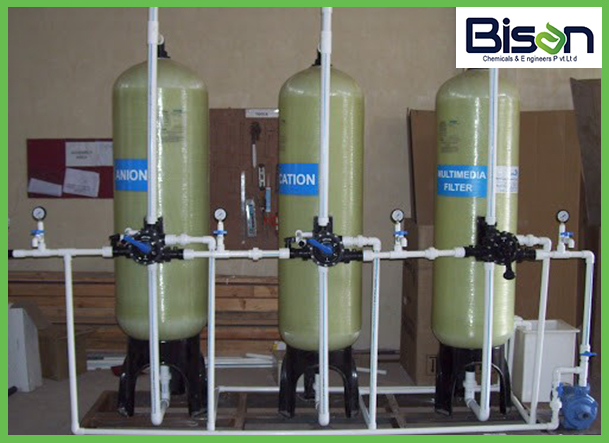waste water treatment consists of applying known technology to improve or upgrade the quality of waste water.

the effluent treatment plant is a process design for treating the industrial waste water for its reuse or safe disposal to the environment The treatment of contaminated water can be done with the waste water treatment plant it is an effluent treatment plant that cleans the effluents from the industry, polluted water from rivers, lakes, etc. so that it can be recycled for further use. In this way, water is recycled and conserved. It is technically proven that any kind of pollutant can be removed from such effluent by the use of the effluent treatment plant.
The Effluent Treatment Plant has a great role to play in discharging the contaminated and polluted water before releasing it back to the environment. Without these treatment plants, we would not be able to get clean water for domestic uses.

Sewage treatment is the process of removing contaminants from municipal wastewater containing mainly household sewage plus some industrial wastewater. Physical, chemical, and biological processes are used to remove contaminants and produce treated wastewater (or treated effluent) that is safe enough for release into the environment. The sewage treatment plant process facilitates the achievement of water quality objectives. In addition to nutrient recycling, our advanced sewage treatment often includes associated unit processes that support the optimization of resource use. Some of these unit processes include the conversion of sludge into various beneficial by-products and the process of extracting thermal energy from sewage treatment plant and wastewater treatment plant

water softening is the removal of calcium, magnesium, and certain other Metal cation in hard water.
Soft water also extends the lifetime of plumbing by reducing or eliminating scale build-up in pipes and fittings. Water softening is usually achieved using lime softening or ion-exchange resins

Demineralization is the process of removing mineral salts from water by using the ion exchange process Demineralized Water also known as Deionized Water, Water that has had its mineral ions removed. Mineral ions such as Cations of sodium, calcium, iron, copper, etc., and anions such as chloride, sulfate, nitrate, etc. are common ions present in Water. Deionization is a physical process that uses specially-manufactured ion exchange resins which provides an ion exchange site for the replacement of the mineral salts in Water with Water forming H+ and OH- ions. Because the majority of water impurities are dissolved salts, deionization produces high purity water that is generally similar to distilled water, and this process is quick and without scale build-up. De-mineralization technology is the proven process for the treatment of Water.

Reverse osmosis (RO) is a water purification technology that uses a semipermeable membrane to remove ions, molecules, and larger particles from drinking water.
In reverse osmosis, an applied pressure is used to overcome osmotic pressure

water treatment plants are based on coagulation-flocculation and disinfection processes and found to be most cost-effective in treating large quantities of water. However, they entail a large infrastructure cost which is difficult to rise in rural regions of developing countries and are generally installed using government funding. Hence, centralized treatment is available only in the metros of developing countries and mainly benefit the urban population. The transportation cost of water to the centralized treatment plant and from the treatment plant to the individual households is another major expense that limits its benefits to regions that are situated away from the treatment plant